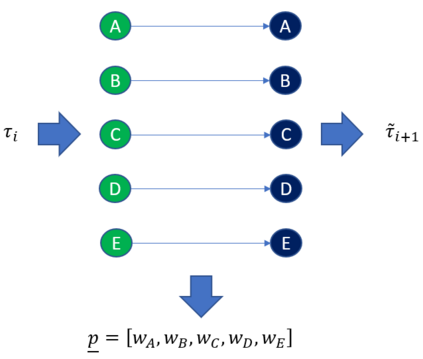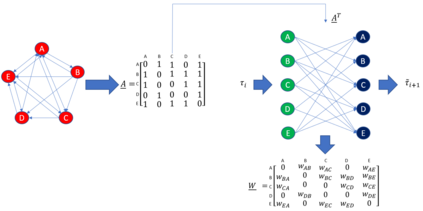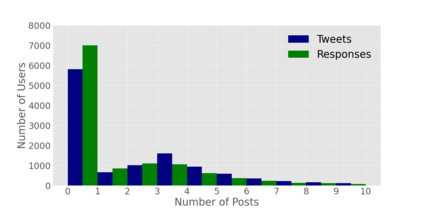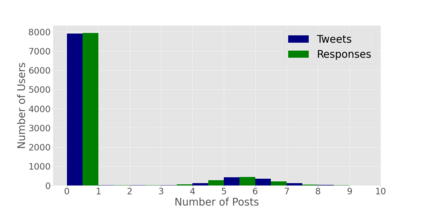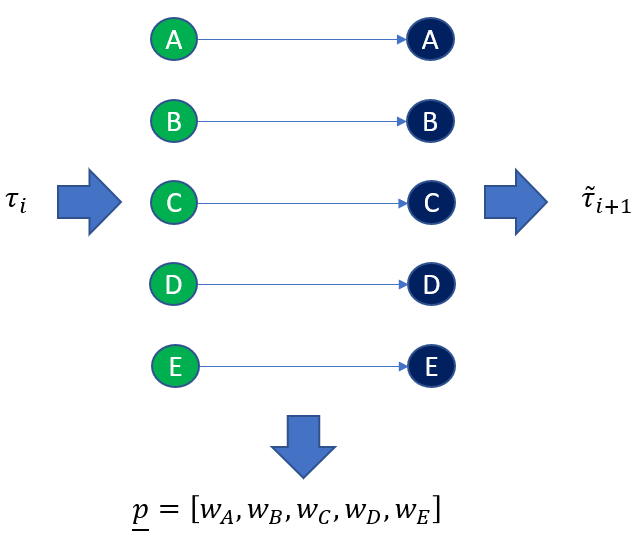It's by now folklore that to understand the activity pattern of a user in an online social network (OSN) platform, one needs to look at his friends or the ones he follows. The common perception is that these friends exert influence on the user, effecting his decision whether to re-share content or not. Hinging upon this intuition, a variety of models were developed to predict how information propagates in OSN, similar to the way infection spreads in the population. In this paper, we revisit this world view and arrive at new conclusions. Given a set of users $V$, we study the task of predicting whether a user $u \in V$ will re-share content by some $v \in V$ at the following time window given the activity of all the users in $V$ in the previous time window. We design several algorithms for this task, ranging from a simple greedy algorithm that only learns $u$'s conditional probability distribution, ignoring the rest of $V$, to a convolutional neural network-based algorithm that receives the activity of all of $V$, but does not receive explicitly the social link structure. We tested our algorithms on four datasets that we collected from Twitter, each revolving around a different popular topic in 2020. The best performance, average F1-score of 0.86 over the four datasets, was achieved by the convolutional neural network. The simple, social-link ignorant, algorithm achieved an average F1-score of 0.78.
翻译:通过现在的民俗来理解一个用户在网上社交网络(OSN)平台上的活动模式, 人们需要看一看他的朋友或他所追随的朋友。 通常的看法是,这些朋友对用户施加影响, 影响他是否重新分享内容。 基于这一直觉, 我们开发了多种模型来预测信息在OSN的传播方式, 类似于感染在人口中传播的方式。 在本文中, 我们重新审视这个世界观, 并得出新的结论。 在一组用户中, 我们研究的是预测一个用户 $u\ in V$ 是否会在下一个时间窗口里用美元重新分享内容。 共同的看法是这些朋友对用户施加影响, 从而影响他是否要重新分享内容。 基于这个直觉, 我们为这项任务设计了几种算法, 从简单的贪婪算法, 只学到有条件的概率分布, 忽略其余的 $V$1, 到一个基于大脑的网络算法, 而不是在下一个时间窗口里, 我们从一个平均的Floralal1 数据结构里, 我们通过一个平均的F 测试了一种不同的社会序列。

